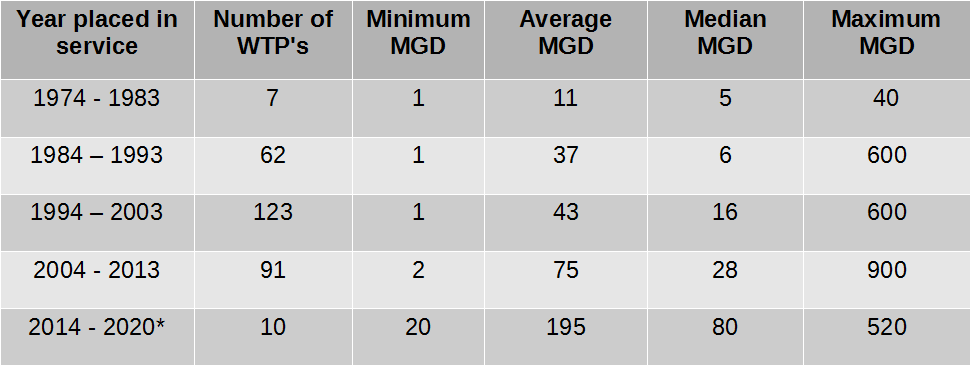Listeria is a common name for a specific strain of seven different bacteria species. Listeriosis is a serious infection that is caused by the specific species of Listeria called L. monocytogenes. This infection is caused by eating food contaminated with the strain of bacteria. This disease poses a great risk for those who have weakened immune systems or are immune deficient, and at times can even be deadly. Both L. monocytogenes, and Listeriosis are commonly known as Listeria, and Listeria illness.
Fruit and vegetable contamination can be caused because Listeria can be found in soils. Listeria is also found to be in all types of meat products, milk and eggs. The foods that are at high risk to have Listeria include uncooked or undercooked foods, unpasteurized milk, raw vegetables, and some ready-to-eat foods.
Click HERE to learn more about Listeria from CDC (Center for Disease Control and Prevention)
The use of ozone on foods has increase significantly since 2001 when it was GRAS approved for direct contact with foods. Ozone has proven to help reduce or eliminate any strains of L. monocytogenes on food products.
The correct implementation of ozone is necessary for it to be effective at eliminating any bacteria. Each application may be different, but there are a few fundamentals that apply with most application processes.
Implementation of Ozone
Aqueous Ozone
Dissolving ozone into water is the most common method of using ozone to get rid of pathogens. Ozone is dissolved into water using an ozone injection system and then sprayed onto the surface that needs disinfection. Surfaces that use this method can include hard equipment surfaces or the surface of a food product.
In 2000, a paper written by Kim and Yousef was published by the Journal of Food Science that showed the effect of dissolved ozone in a batch reactor on Listeria monocytogenes. Dissolved ozone at 0.4 and 0.8 ppm inactivated 4.6 and 5.7 log CFU /ml within 30 seconds. More tests were also run at higher levels of dissolved ozone, and it showed a faster inactivation of Listeria monocytogenes.
There are many ways that dissolved ozone can be sprayed onto food and produce, one of the best ways is using spray bars along with conveyers to allow sufficient contact time and offers full coverage of the aqueous ozone. Having every part of the food or produce contacted by the aqueous ozone is very important for disinfection. Conveyer speeds, spray tip design, and the quantity of aqueous ozone all can alter the contact time to get it to where it is desired. It is very easy to add ozone to the application process if there is already a method of washing the produce or food with water. This allows for no interruption in the processes and still improves disinfection.
Gaseous Ozone
Gaseous Ozone is also used for the elimination of pathogens from food and produce but it is much less common than aqueous. There has been less research about the effects of gaseous ozone on bacteria. There are many factors that gaseous ozone is dependent on if it is going to be effective. Things such as temperature, humidity, contact time, and ozone levels all factor into whether or not the process is going to be successful. There has been research conducted to determine that gaseous ozone will reduce the strain of bacteria L. monocytogenes; however, there is more research necessary in to determine effectiveness based on all of the different variables.
Cargo containers, chambers, or rooms are all places that produce that is needed to be disinfected can be placed. Any area that is sealed and able to contain the produce and ozone gas while maintaining human safety works. Air movement is important in order to cover every angle of the produce. Ozone levels from 1.0 – 100 ppm are used in this application with contact times from 20 minutes to 10 hours.

